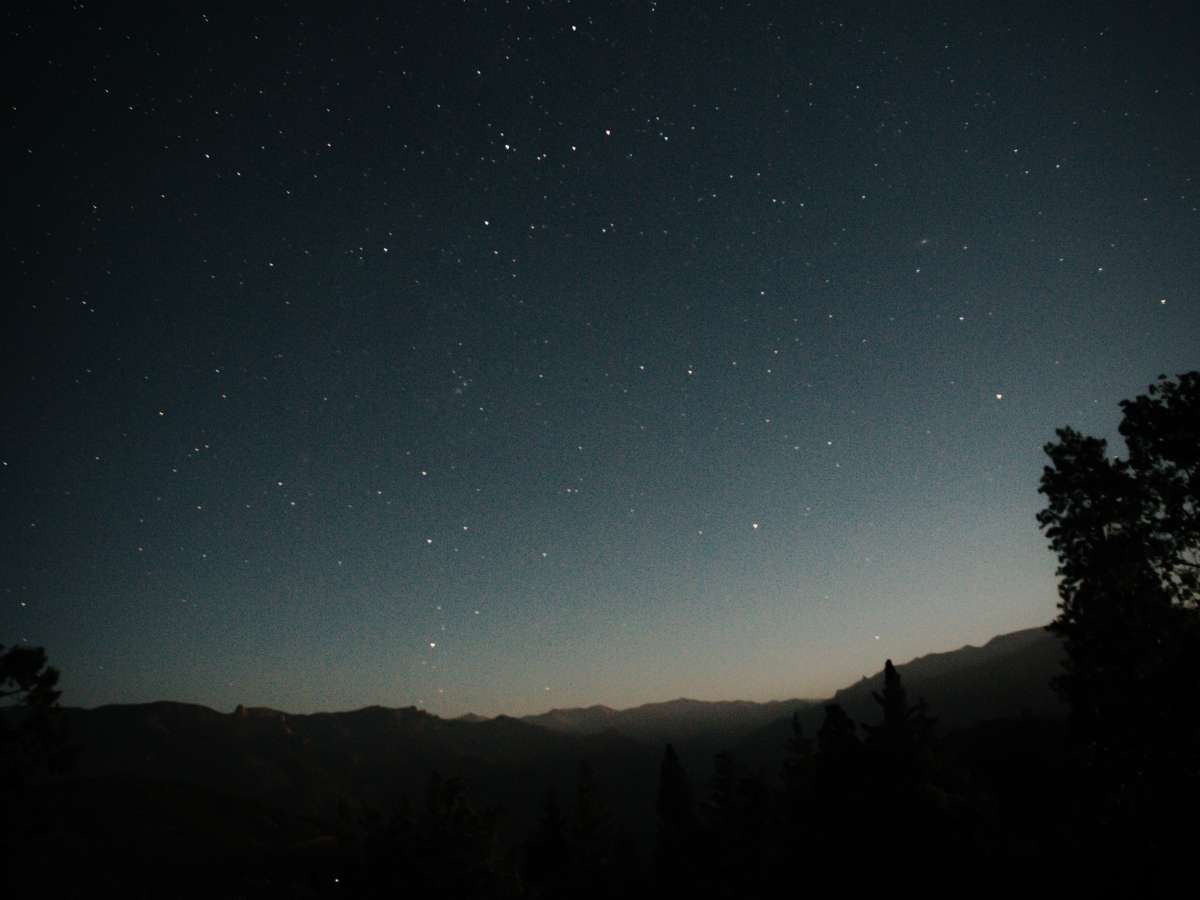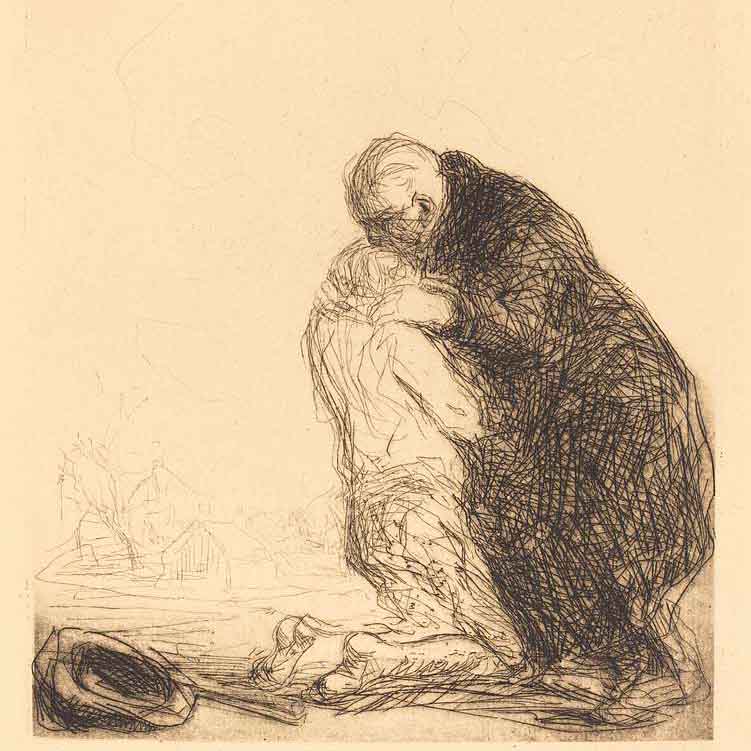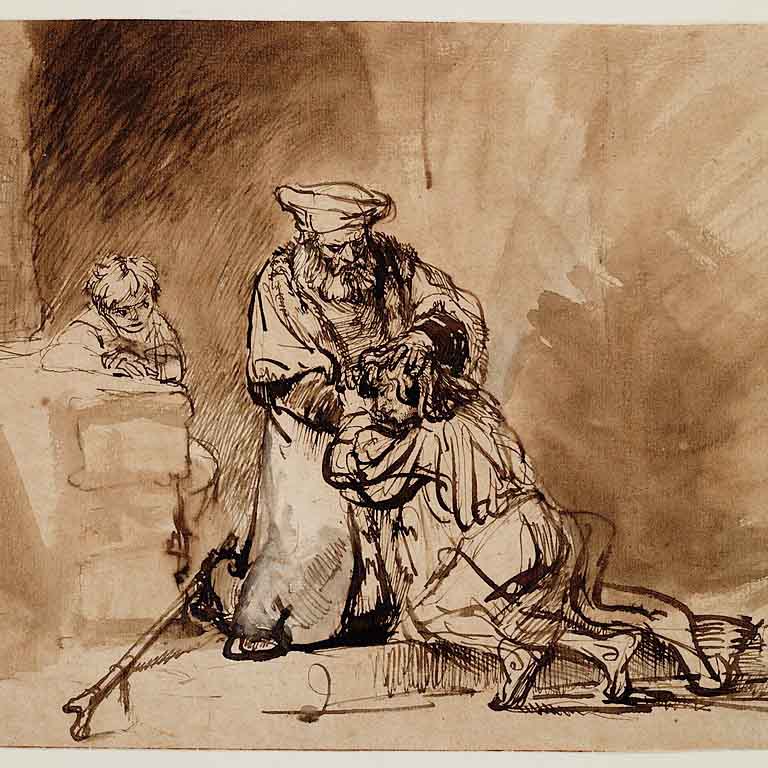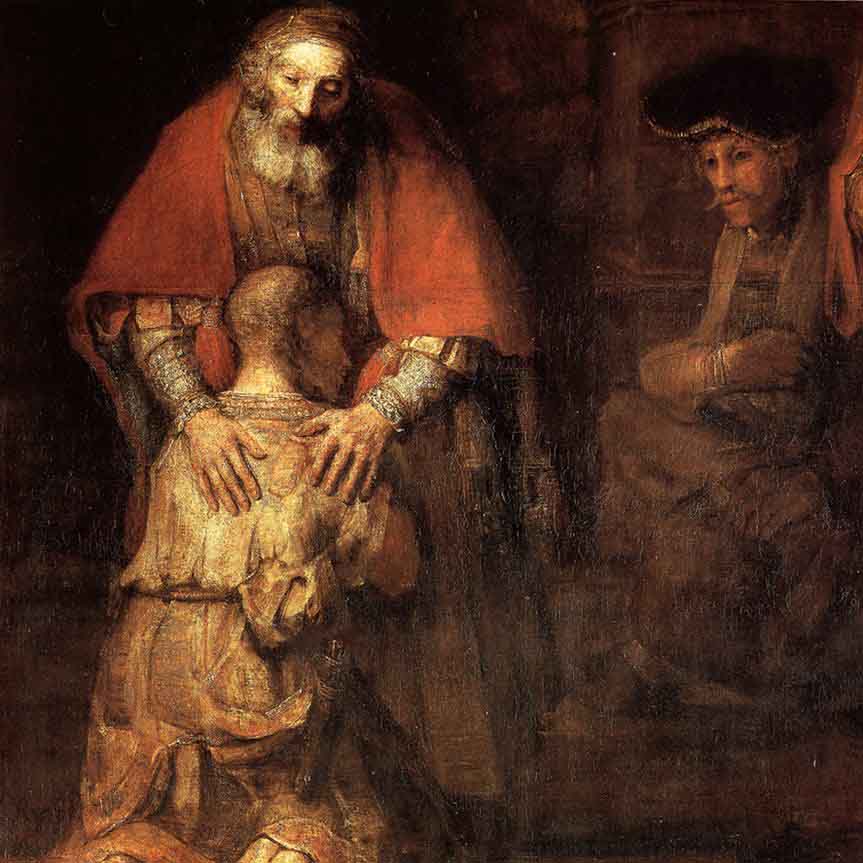By Aloysius Teow
Hello dear reader! This is a short article about the relationship between the Catholic Church and its beliefs with evolution. However, evolution has been used to describe many different phenomena concerning the origins of this world we live in today. For the purpose of this article, I will categorise it into three different types of evolution which people generally use when they come to this dilemma. These are: cosmological evolution, biological evolution, and human evolution.
Beginning first with cosmological evolution, this refers to the origins of the universe. The prevalent hypothesis is the Big Bang theory. The Big Bang theory describes the creation of a universe that expanded from an initial state of high density and temperature, hence explaining the evolution of the observable universe over time (Bridge, 2014). However, what most people do not know is who started and founded the development of this theory. The Big Bang theory was first formalised by a Belgian Catholic priest by the name of Georges Lemaitre, who was also a theoretical physicist, mathematician, astronomer, and professor of physics. He lived from the late 19th to the early 20th centuries. The Big Bang theory does not create too much tension with existing Catholic theology as it advocates that the universe must have started from nothing, which is in line with the Catholic teaching of “creatio ex nihilo” (Latin for “creation out of nothing”). This idea was first formalised by St Theophilus of Antioch in his 2nd century writing “To Autocylus” (2.10) (Dods, 2021), and would be formalised as a fundamental tenet of Christian theology by the beginning of the 3rd century (May, 2004). We also see this more recently articulated in Vatican I:
“This one true God, by his goodness and almighty power, not with the intention of increasing his happiness, nor indeed of obtaining happiness, but in order to manifest his perfection by the good things which he bestows on what he creates, by an absolutely free plan, together from the beginning of time brought into being from nothing the twofold created order…” (Vatican I, 1870)
Hence, as long as the model speaks of a creation from nothing, it is in line with Catholic teaching.
Next, biological evolution. This normally refers to the theory of natural selection and the phenomenon of the gradual morphological change and development of species across periods of time. The Church has no official stance on this, but generally states that if they did, it would have been guided and under the impetus of God (Catholic Answers, 2004).
Finally, human evolution. From a biological perspective, this would have been parked under the previous category but from the Church’s perspective, the difference lies in the presence of a soul in humans. As Pope Pius XII states:
“For these reasons the Teaching Authority of the Church does not forbid that, in conformity with the present state of human sciences and sacred theology, research and discussions, on the part of men experienced in both fields, take place with regard to the doctrine of evolution, in as far as it inquires into the origin of the human body as coming from pre-existent and living matter – for the Catholic faith obliges us to hold that souls are immediately created by God.” (Pope Pius XII, 1950)
Hence, as long as the scientific model gives space for this tenet to hold true, then it is permissible to believe it under the Catholic Church. The theory of natural selections does give space, and hence is true.
When it comes to theories and concepts concerning our world, the Catholic Church believes in the need to weigh both biblical and scientific evidence.
“Though faith is above reason, there can never be any real discrepancy between faith and reason. Since the same God who reveals mysteries and infuses faith has bestowed the light of reason on the human mind, God cannot deny himself, nor can truth ever contradict truth.” (Liberia Editrice Vaticana).
And after consulting the two, the prevailing world’s scientific models of evolution fits with the Church’s beliefs. The tension only arrives if one takes the account of creation in Genesis literally. Bible scholarship terms this account as a part of pre-history in the Old Testament, referring to the part of the Old Testament written from a retrospective point of view. As such, it is written as a theological and moral literary piece rather than a scientific one and should be regarded accordingly.
References
a. Bridge, M. (2014). First Second of the Big Bang. How the Universe Works. Silver Spring, MD. Science Channel.
b. Catholic Answers (2004). Adam, Eve, and Evolution. Catholic.com.
https://www.catholic.com/tract/adam-eve-and-evolution
c. Dods, M. (Translator). (2021). To Autocylus, Book II. From Ante-Nicene Fathers, 2. New Advent.
https://www.newadvent.org/fathers/02042.htm
d. Liberia Editrice Vaticana. Catechism of the Catholic Church. 159.
e. May, G. (2004). Creatio ex nihilo. T&T Clarke International. ISBN: 9780567456229.
https://books.google.com/books?id=eu4RBwAAQBAJ&q=May+Creatio+Ex+Nihilo
f. Pope Pius XII. (1950). Human Generis.
https://www3.nd.edu/~afreddos/courses/43150/Pius%20XII%20-%20Humani%20Generis%2036-37.htm
g. Vatican I. (1870). On God the Creator of all things. First Vatican Council, 1.3.
https://www.ewtn.com/catholicism/library/first-vatican-council-1505




